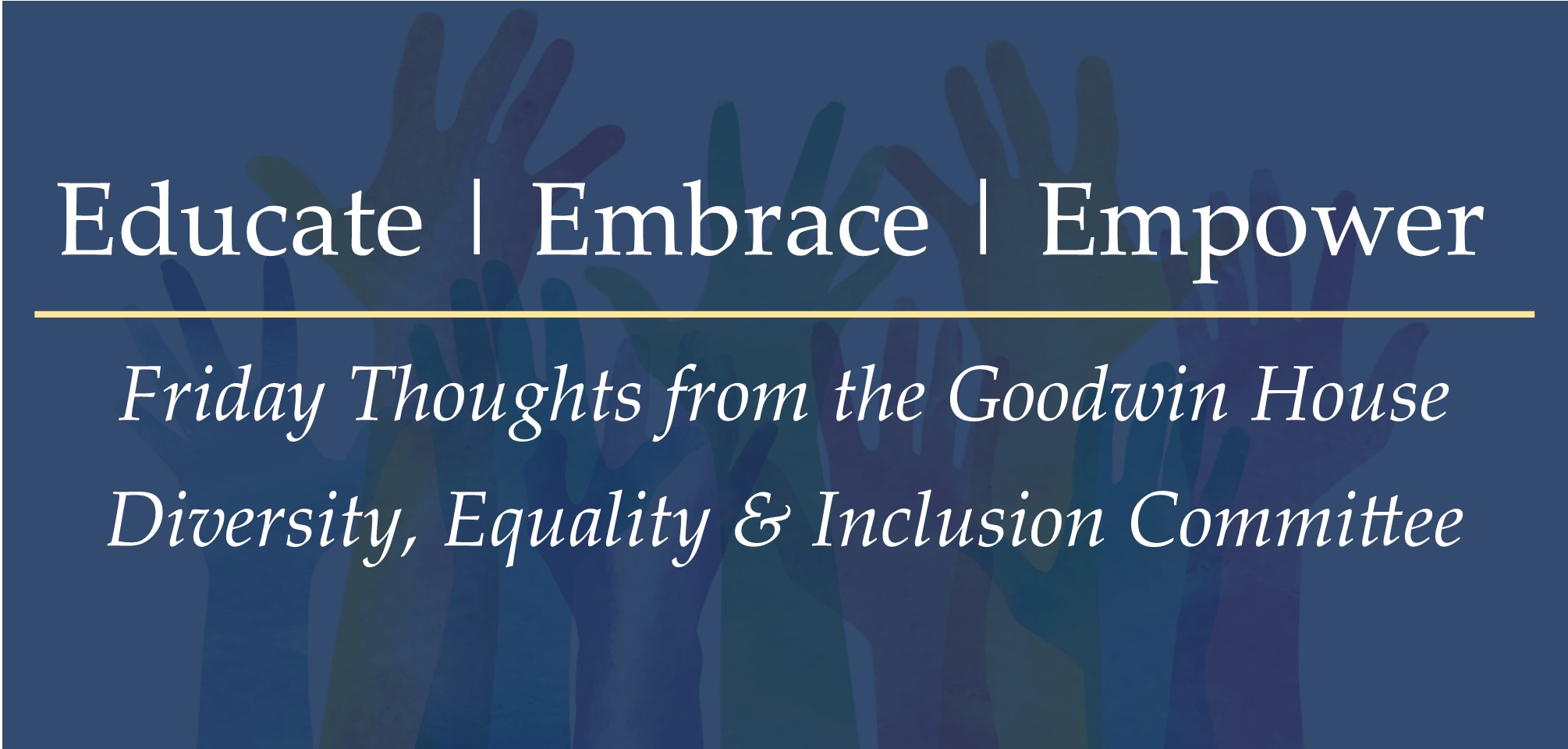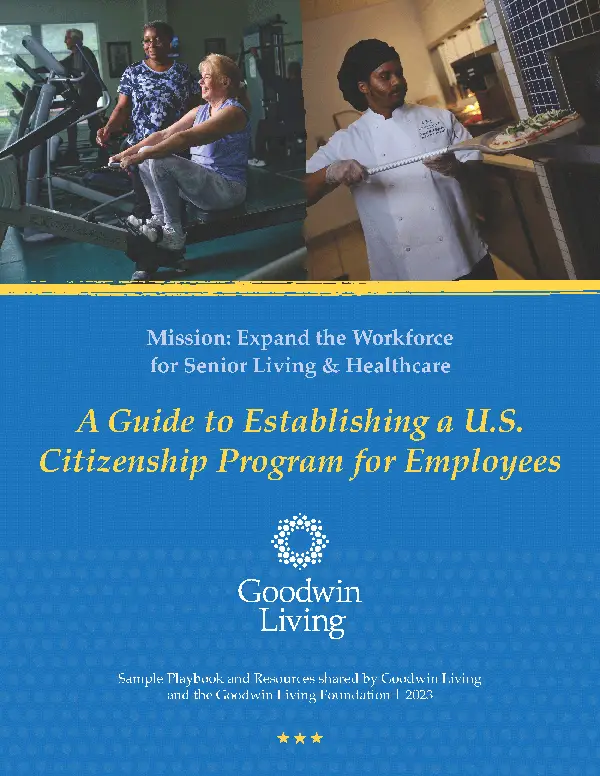
Diversity Equality Inclusion - February 5, 2021
By Jenny Wu
Within China, we just call it “New Year,” or “Chun Jie.” Chun Jie (春节) translates to “Spring Festival,” as this holiday marks the end of the coldest days. We welcome spring, new beginnings and fresh starts.
Here in the U.S., it appears as though the date of Chinese New Year varies each year. The U.S. follows the solar calendar (based on the time it takes for the Earth to revolve around the Sun). While China also uses the solar calendar as their main calendar, many holidays are determined by the lunar calendar (based on the time it takes for the Moon to revolve around the Earth). This year, January 1 on the lunar calendar is February 12 on the solar calendar, so we’ll celebrate Chinese New Year on February 12.
Western horoscopes recognize 12 zodiac signs based on the position of certain stars throughout a single year, with the sign changing roughly once every 30 days. Each of the 12 Chinese zodiacs are recognized for an entire year. Chinese New Year marks the transition between zodiac signs, and this year it marks the start of the Year of the Ox.
The holiday celebration for Chinese New Year lasts for 16 days, and in China people are usually given the first seven of those days as paid days off. Yes, seven days of holiday leave!
Leading up to the new year, we clean and decorate the house, buy extra food to cook or snack on and prepare for family gatherings or plan visits to go see relatives. One of my favorite decorations is “福 (fú)”. 福 means happiness and good fortune. The character 福 is written with calligraphy onto a square piece of red paper, and we hang it upside-down on our front doors! Why upside-down? The word for “upside-down” (倒 / Dào) is a homophone of “here” (到/ Dào). This pun signifies that good fortune is coming, or is already here.
On New Year’s Eve (this year, February 11), families gather and have a feast. One of my favorite foods at this feast is a dish called “su shi jin.” It is a mixed stir fry of ten kinds of vegetables such as bean sprouts, mushrooms, carrots, lotus roots, tofu and celery. It is full of different flavors and textures. After dinner, at 8 p.m., my family gathers in front of the TV to watch the four-hour-long variety show of comedy, songs, dances, acrobatics, magic, opera and more! People spend almost a full year preparing for this gala, and it is always a visual feast. Here in the U.S., the show is available to stream on YouTube the day after it airs in China, so I’ll get to watch it on February 12.
On the first day of the New Year, we begin an act of greeting and blessing called 拜年 (bài nián) or “bai nian”, which literally means “to pay a visit”. “Bai nian” extends throughout the entire 16-day celebration of New Years. You visit the eldest people in the family first, so my family always starts by visiting my mom’s parents’ house. On the following days, we’ll visit with my aunts, uncles and cousins on my mom’s side, then my dad’s side. Depending on how big a family you have, you could spend more days visiting different relatives, or you could spend time with friends too. During these visits, we hang out and eat more delicious food. The best part for kids is receiving lucky money in red envelopes. This tradition symbolizes transferring fortune from generation to generation.
On the days following the New Year, my family usually continues “bai nian” visits to other relatives and friends, and we often go out for meals and shopping. The Chinese New Year holiday comes to its climax with the Yuan Xiao Jie (元宵节 / yuán xiāo jié), or Lantern Festival. The Yuan Xiao Jie is the 15th day of the New Year. We light lanterns and eat Tang Yuan. Tang Yuan are glutinous rice balls with sweet fillings made of syrup, red bean paste, black sesame paste or other fillings. They represent family reunions because “tang yuan” sounds similar to “reunion” (团圆 / tuán yuán).
_____________
Jenny Wu joined Goodwin House Alexandria in 2015 and is the Communications and Volunteer Coordinator. She publishes the weekly newsletter Gazette, manages Touchtown, coordinates residents and external volunteers and so much more. Outside GHA, Jenny Wu is a multidisciplinary artist. Her work has been exhibited in galleries and museums including Denise Bibro Fine Art, Katzen Museum, Huntington Museum of Art, Reece Museum and CICA Museum in South Korea.
About the Diversity, Equality and Inclusion (DEI) Committee: We are a group of staff and residents who together serve a mission to educate, embrace and empower a workplace of diversity, equality and inclusion. Our vision is to seek open and honest communication and collaboration that will inform and celebrate the cultural, ethnic and sexual orientation of all members of our staff without bias.
